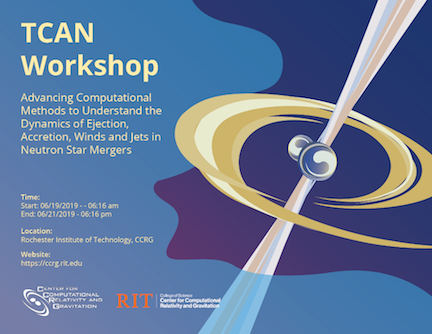Last week (May 5 to 7 2025), I had the pleasure of attending the Relativistic Fluids around Compact Objects workshop, held at the Nicolaus Copernicus Astronomical Center (CAMK) in Warsaw, Poland. This event brought together leading experts in astrophysics to discuss the latest advancements in GRMHD simulations and their implications for compact objects like black holes and neutron stars.
The workshop covered a wide range of topics, and I had the opportunity to present my recent results in the modeling of multi-messenger signals from accreting supermassive black hole mergers (slides available here).
The workshop provided a fantastic opportunity to connect with colleagues, exchange ideas, and explore potential collaborations. I’m grateful to the organizers for putting together such a well-structured event and to everyone who attended my talk.

